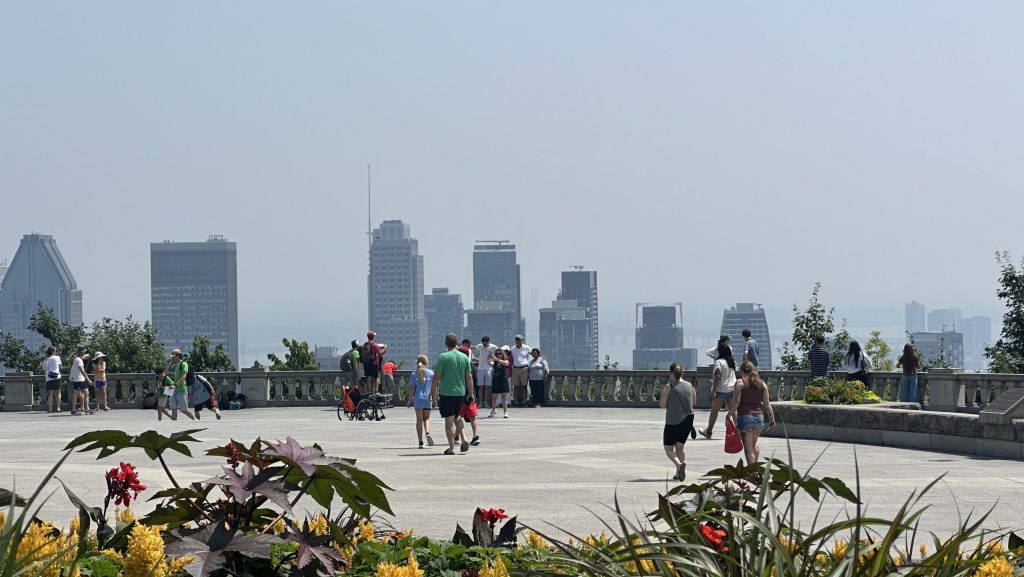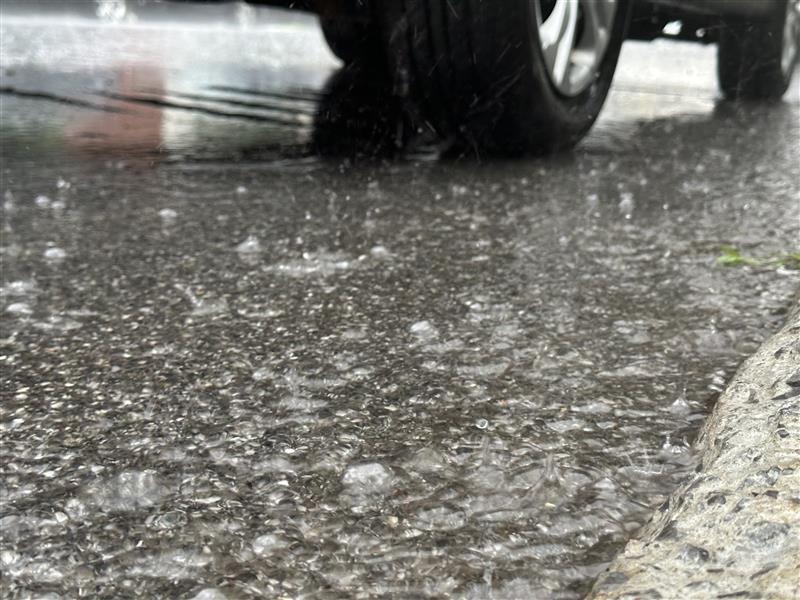Global warming and poor air quality are likely to increase the severity of eczema sufferers’ skin conditions, according to a recent study published in the medical journal Jama Dermatology. Current treatments, however, are highly effective in relieving eczema attacks, stresses a dermatologist.
The authors analyzed 42 studies from 14 countries and concluded that air pollution is linked to a worsening of eczema. They observed an increase in emergency room and outpatient visits for atopic dermatitis (a type of eczema) for every 10 microgram per cubic meter increase in various pollutants in the air.
In addition, extreme temperatures – whether hot or cold – and increased rain and humidity are likely to worsen the skin condition.
Eczema is a chronic inflammatory skin condition characterized by areas of dry, red and intensely itchy skin, as defined by the Eczema Society of Canada.
People suffering from atopic eczema have periods of “flare-ups”, with reddish and sometimes raised areas followed by periods of remission. “These flare-ups are often caused by environmental factors, but it can also be caused by other factors, stress for example, or sometimes there are flare-ups without us really finding out why there is a flare-up,” explains dermatologist Dr. Danielle Brassard.
Atopic eczema is a disease in which there is a great deal of interaction with the environment, the specialist points out. “It’s been known for a long time that atopic dermatitis is exacerbated by temperature changes and pollution, but this article highlights that even more,” she says.
In the context of climate change, poor air quality and extreme temperatures are set to become more frequent in Quebec and elsewhere.
The results of the study suggest that solutions are needed to reduce pollution and the factors associated with extreme weather conditions, given their harmful effects on health and the global burden of atopic dermatitis.
Revolutionary medicines for patients
There is no cure for eczema, but in recent years there have been drugs that have revolutionized patients’ lives,” says Dr. Brassard. She is referring in particular to dupilumab, marketed under the name Dupixent. “The hope is that we now have treatments for atopic dermatitis that are so much more advanced than before […]. […] The new therapies enable us to control the disease in a way that is quite exceptional,” she assures us.
In her practice, she performs over 500 phototherapy treatments a week, about a third of which are for atopic dermatitis. Most patients come for a series of phototherapy treatments on an ad hoc basis, when their condition is at its worst. For some, this may be during the cold winter months; for others, it may be in the summer.
Dr. Brassard has been a dermatologist for 12 years, and has noticed a clear difference before and after the introduction of the new molecules that have made more effective medication possible.
She believes that there are probably many patients with severe atopic dermatitis who have been told by dermatologists or their doctors in the past that there’s not much they can do, so they put up with their problem.
Dr. Brassard admits that just a few years ago, doctors were limited in their ability to relieve patients. “We’d put on cortisone creams that didn’t work very well, and we’d give them medications that still had a lot of side effects and didn’t have great results,” she recounts. But now it’s different. People need to know that.”
The dermatologist wants to send a message of hope to patients that it’s possible to regain a good quality of life, despite this condition that can be very disabling. She encourages untreated eczema sufferers to consult a doctor or dermatologist.
–Canadian Press Health Content is funded through a partnership with the Canadian Medical Association. The Canadian Press is solely responsible for editorial choices.
–This report by La Presse Canadienne was translated by CityNews





